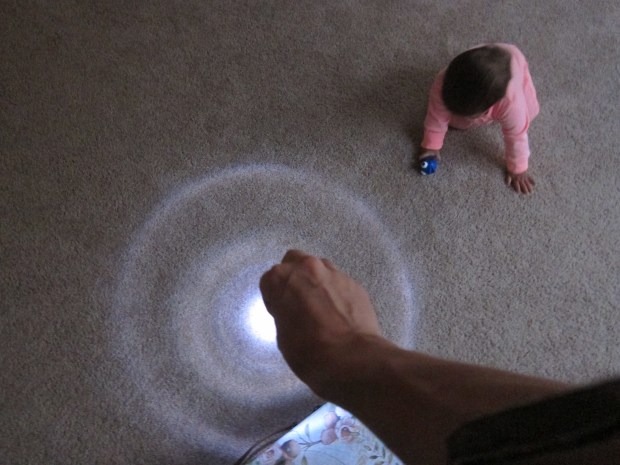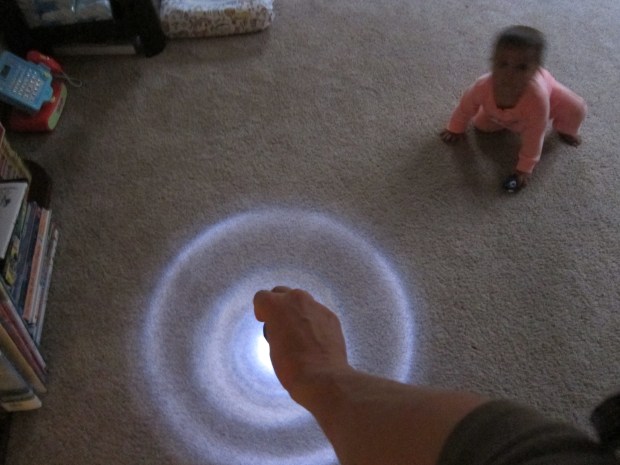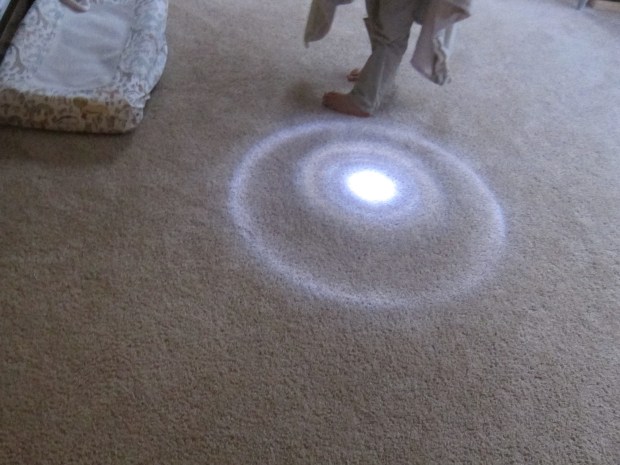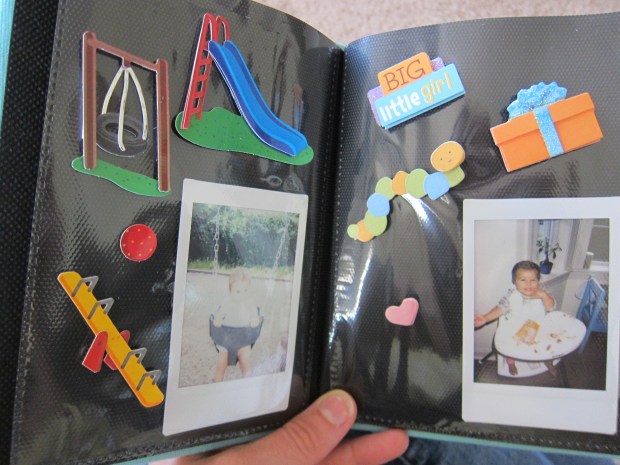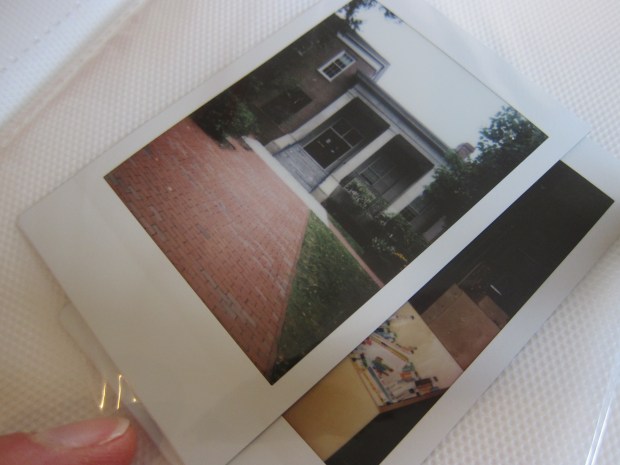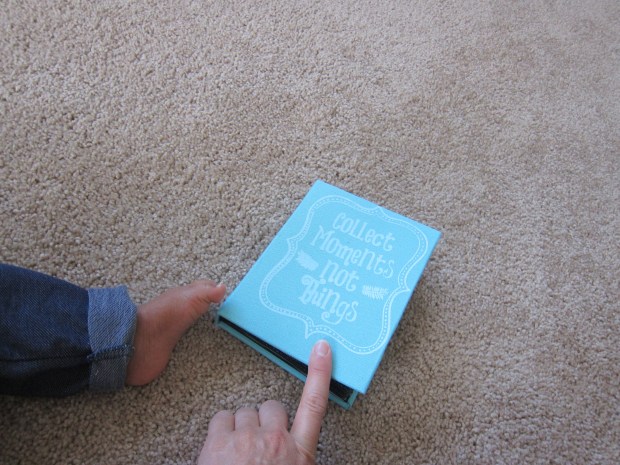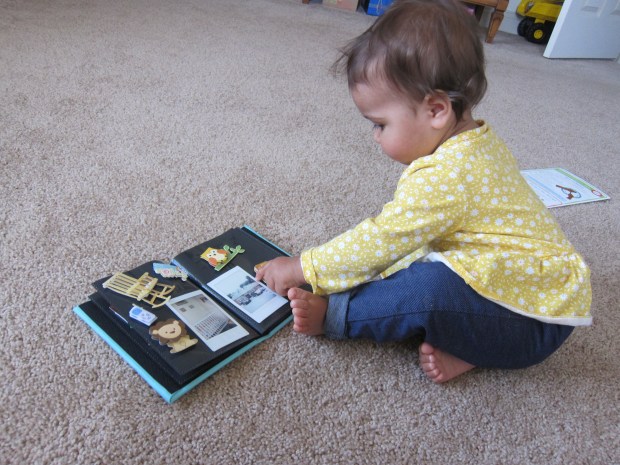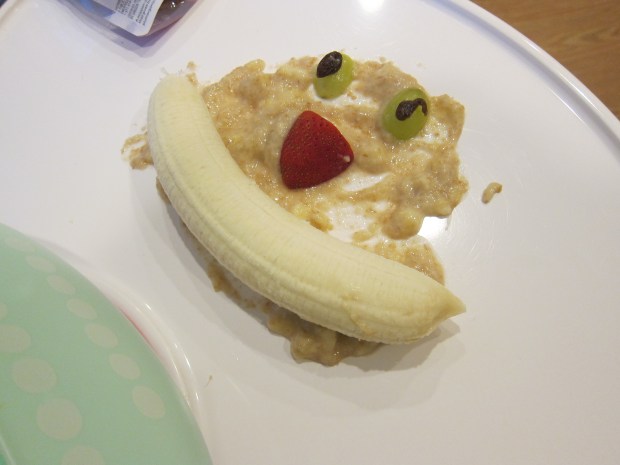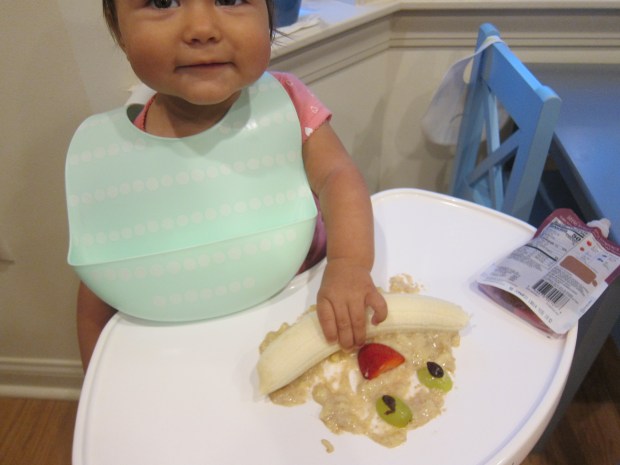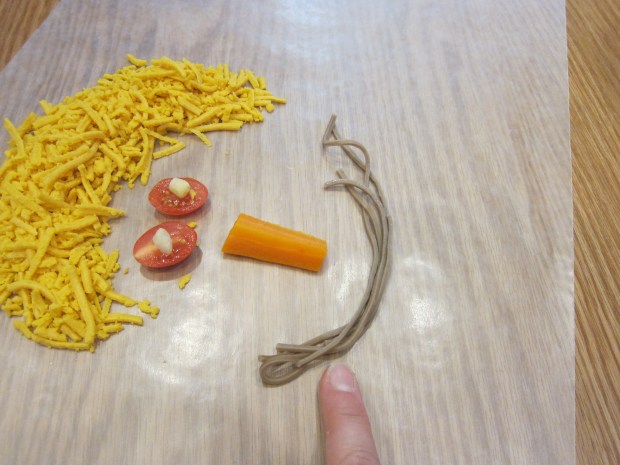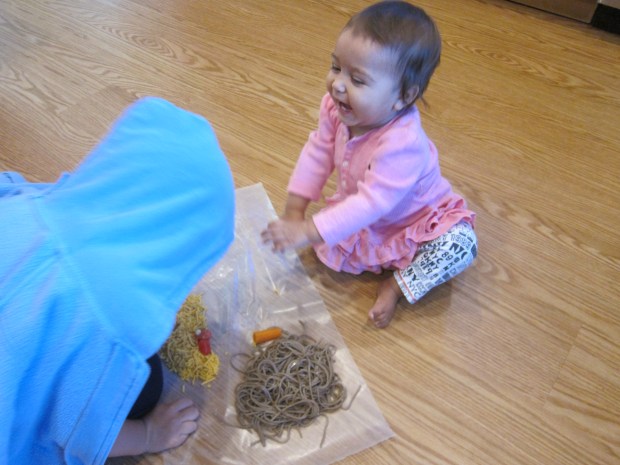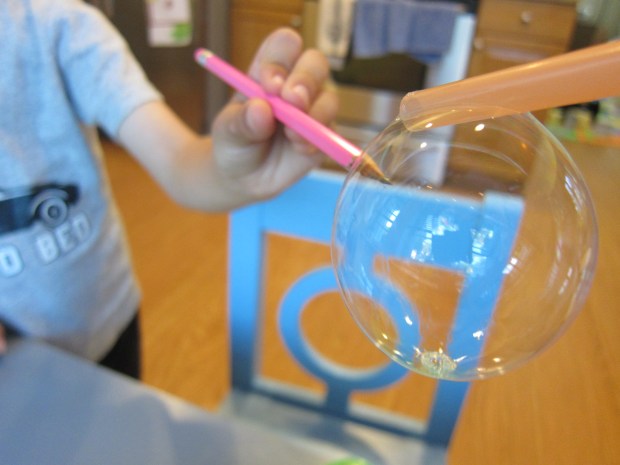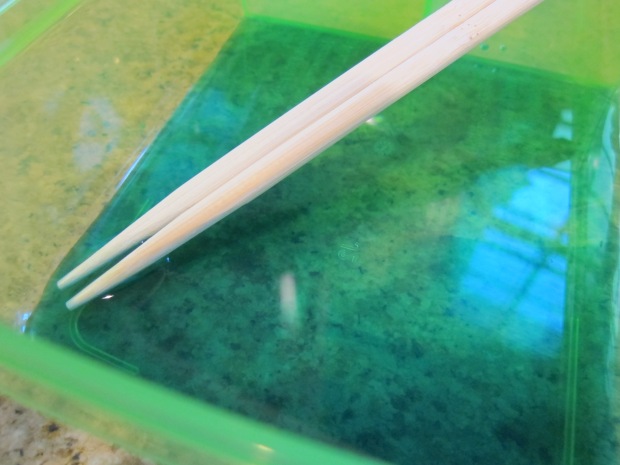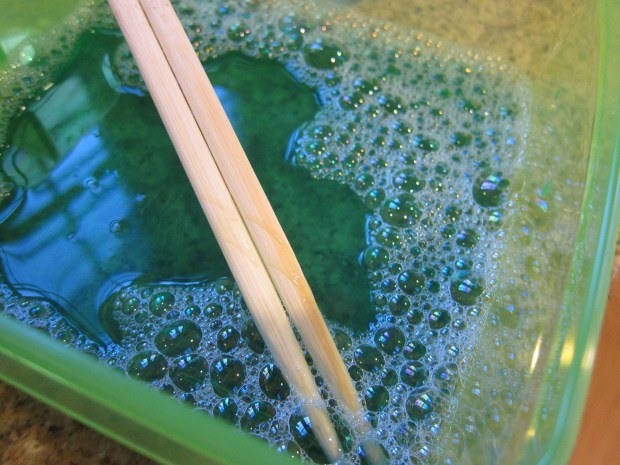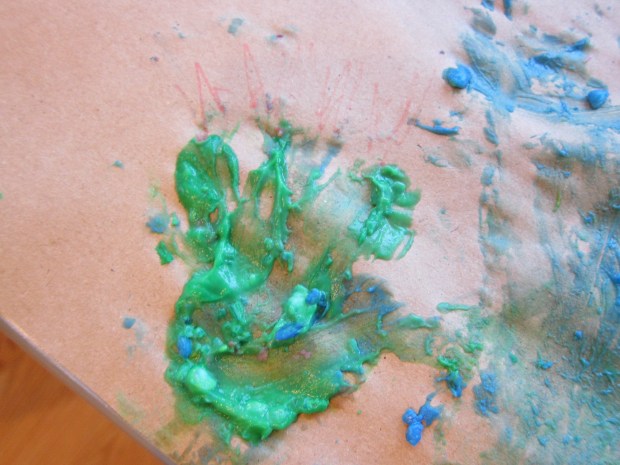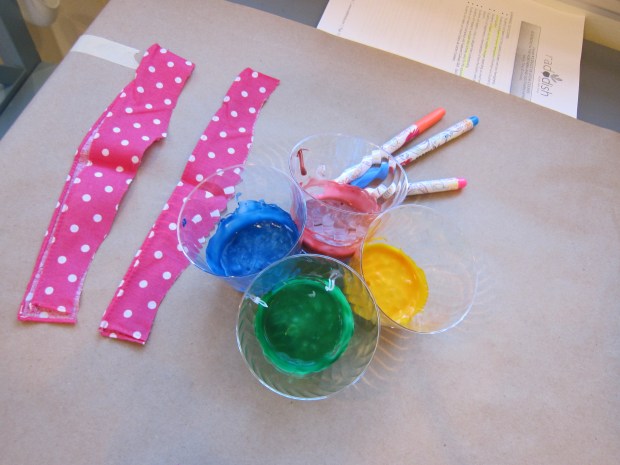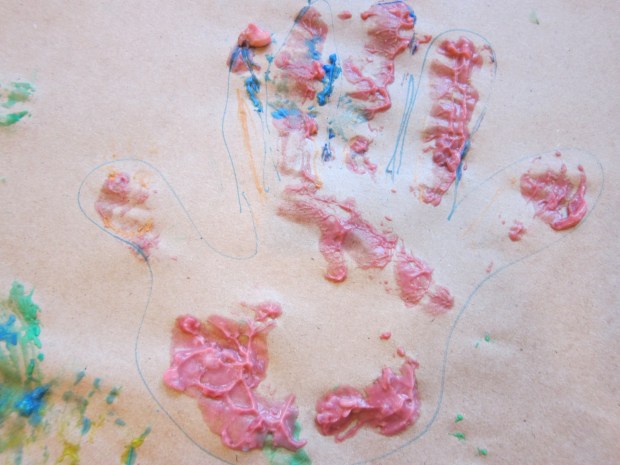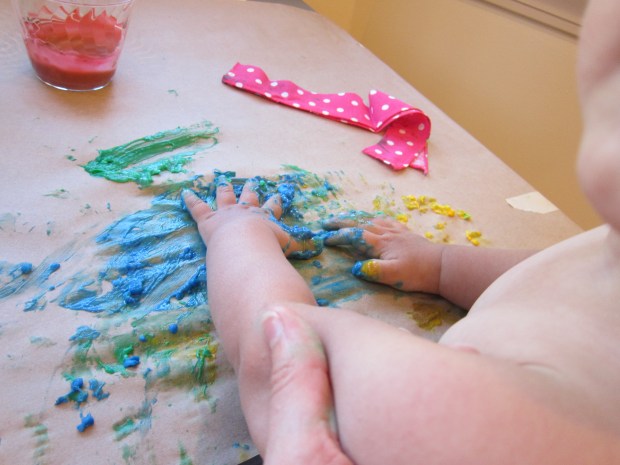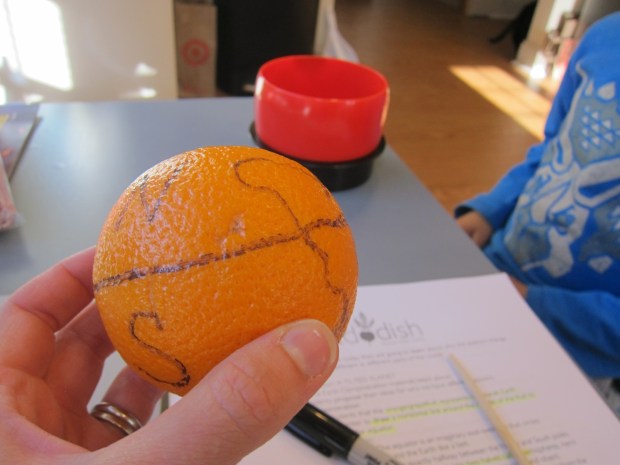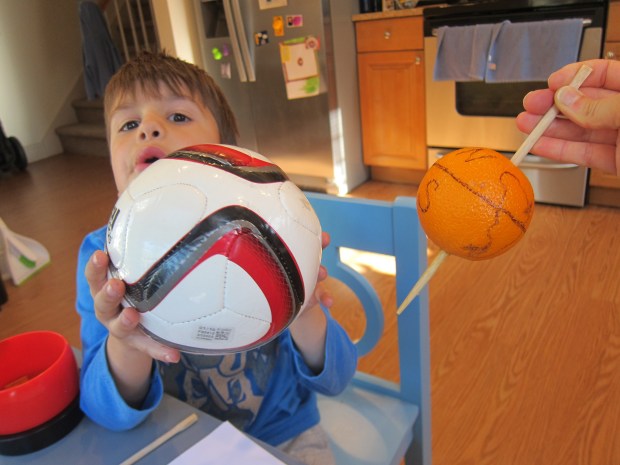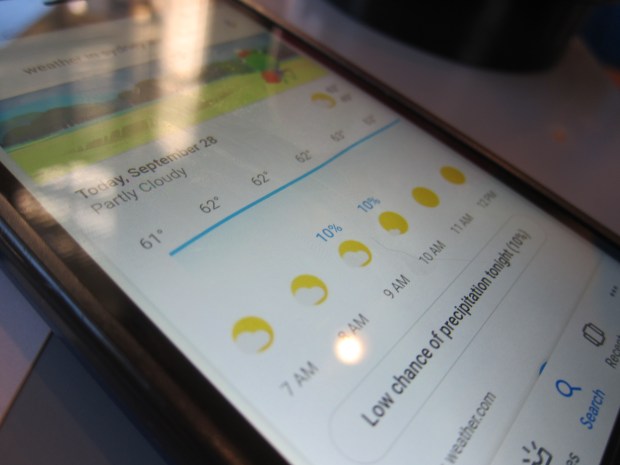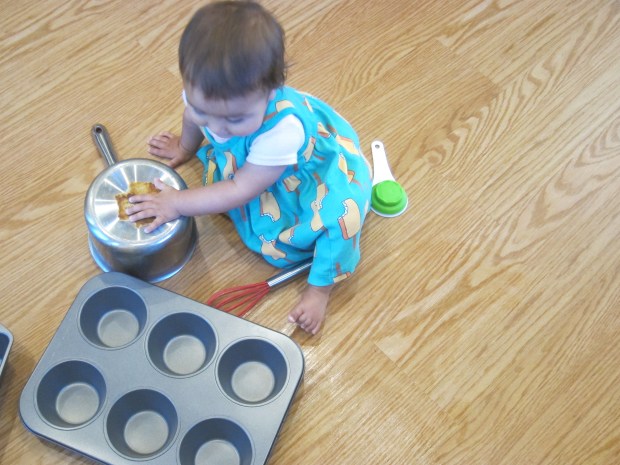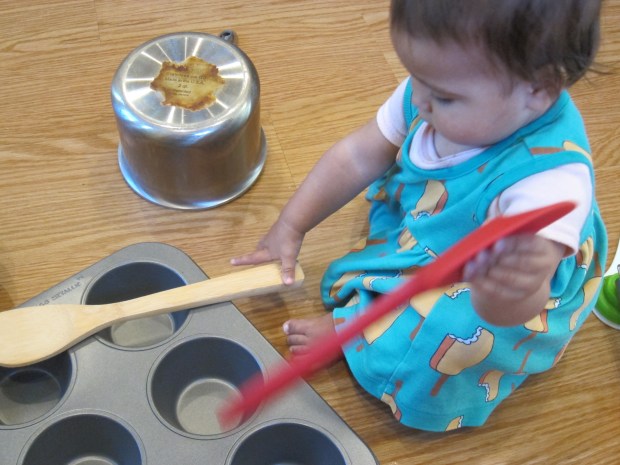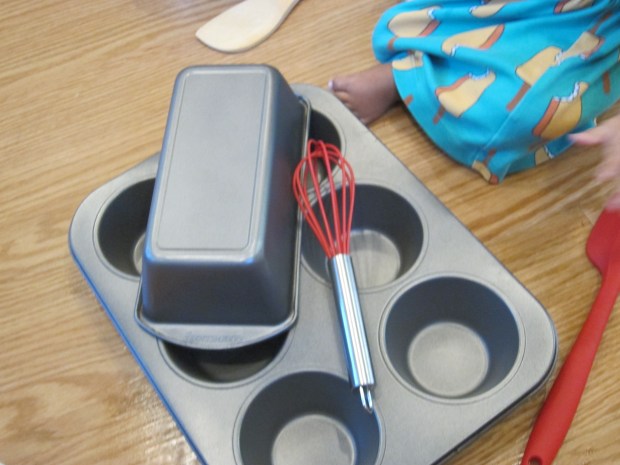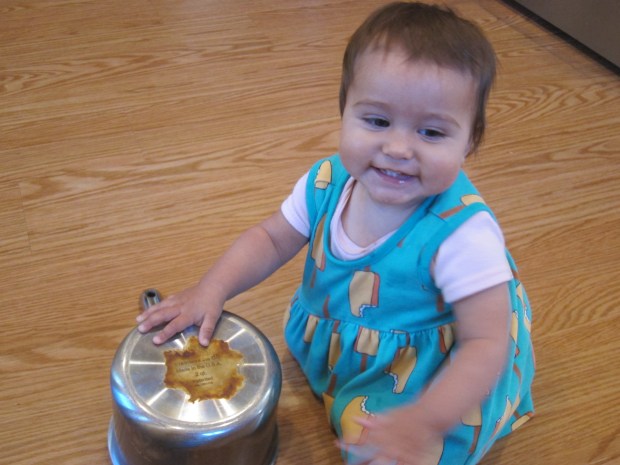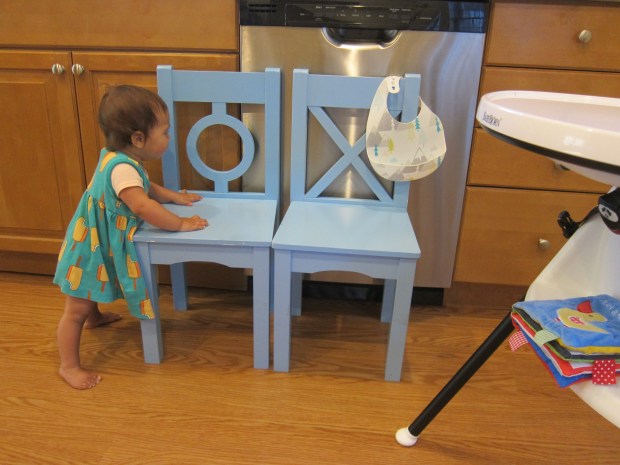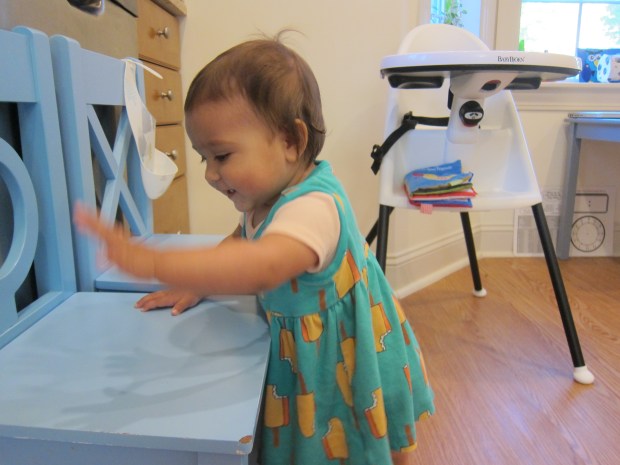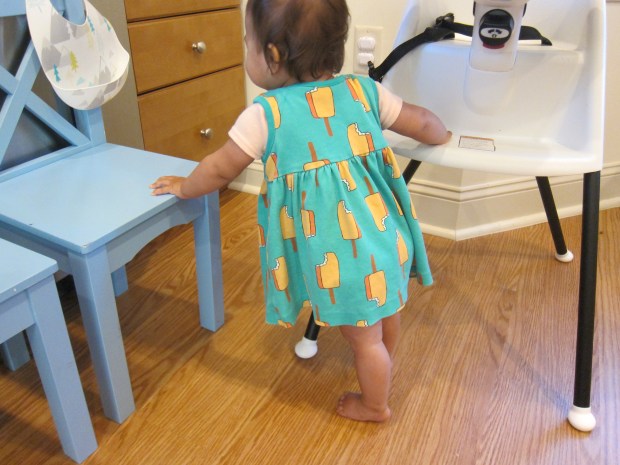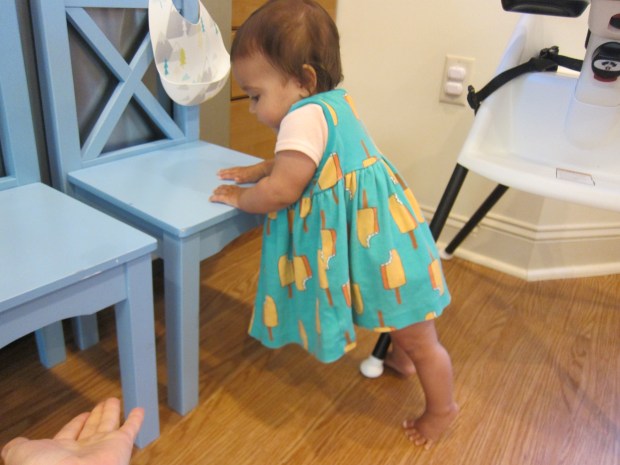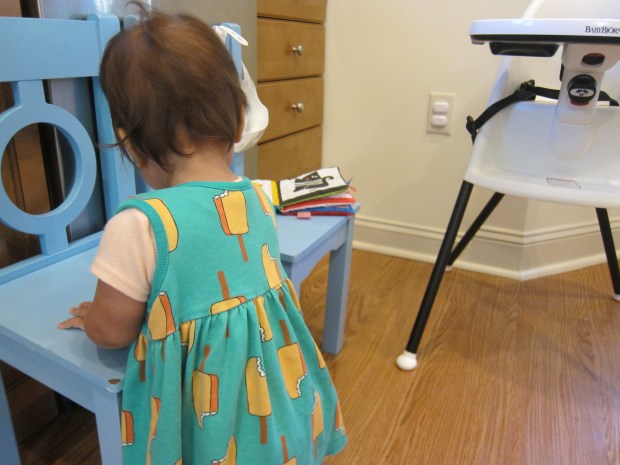
It’s hard to get Veronika to sit still with a book, especially at bedtime when we try to fit in a story between dinner and bath.
But not so when I made this fort! She was content inside for ages with a pile of books.
To make the fort, move your sofa from the wall to create a space large enough for you and your little one (alternatively, you can make the fort under a dining room table). I layered the floor with cozy blankets and pillows.

Drape a sheet over the back of the couch and secure with shoes or books. Then head inside!
Veronika scooted it in and was immediately delighted.
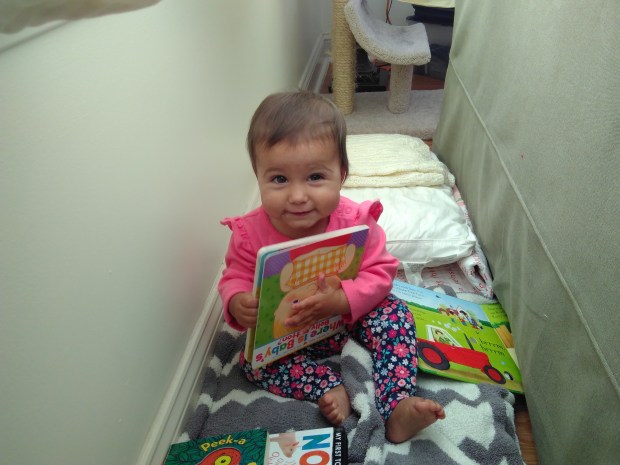
I gave her a pile of books, and soon she was thumbing through them and “reading” to herself.

Of course then it was time to join her and read a few books for real.
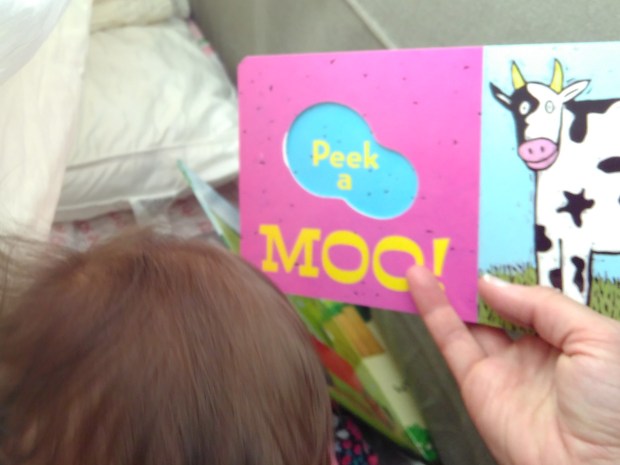
You can even add a flashlight to highlight pages or words. Once the book was through, I retreated to the side of the fort and let her take over, crawling on the pillows, enjoying her books, and reaching up for the beautifully draped ceiling.

We probably would have stayed in longer except the cat eventually ruined the “roof”!

